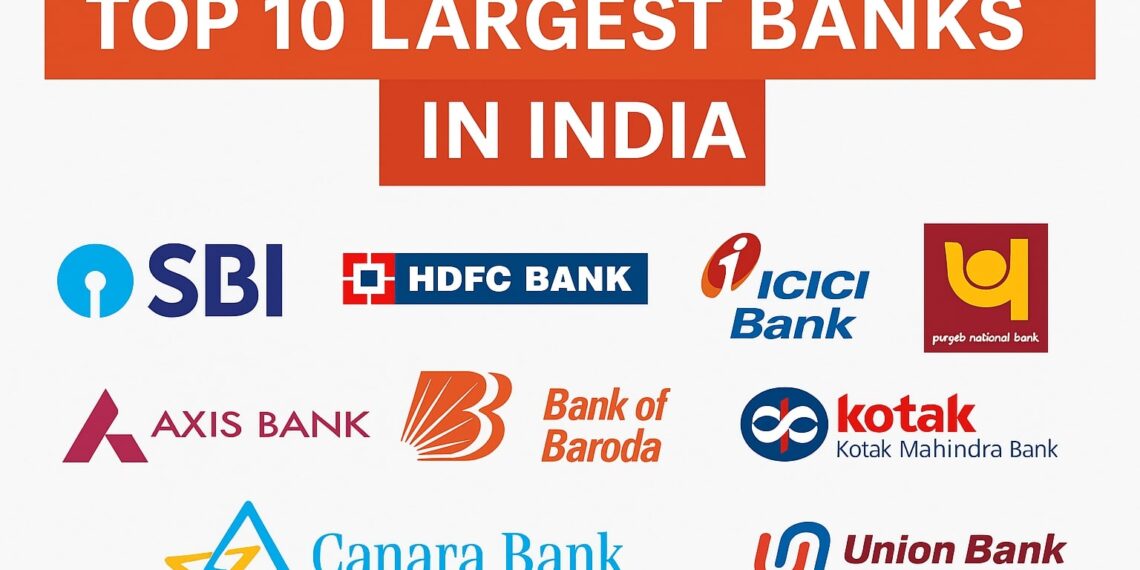The Top 10 Largest Banks in India: All You Need to Know
In India, the banking industry is characterized by intense rivalry and ongoing innovation. The Top 10 Largest Banks in India as of 2025 have risen to prominence, demonstrating remarkable achievements, customer-focused strategies, and technological progress.
These banks have a crucial role in driving economic expansion by delivering vital financial services to individuals, enterprises, and the government. With a dedicated emphasis on customer contentment, resilient financial accomplishments, and a diverse product portfolio, these institutions have solidified their status as reliable foundations in India’s banking arena.
Table of Contents
Know The Top 10 Largest Banks in India as of 2025
Sure! Here’s a neatly formatted table of the Top 10 Largest Banks in India (2025) based on total assets, market capitalization, and branch network, combining both public and private sector banks.
🏦 Top 10 Largest Banks in India (2025)
| Rank | Bank Name | Type | Total Assets (₹ Cr) | Market Cap (₹ Cr) | Branches (Approx.) |
|---|---|---|---|---|---|
| 1 | State Bank of India (SBI) | Public Sector | ₹60+ lakh crore | ₹6.8+ lakh crore | 22,000+ |
| 2 | HDFC Bank | Private Sector | ₹26+ lakh crore | ₹13+ lakh crore | 8,000+ |
| 3 | ICICI Bank | Private Sector | ₹18+ lakh crore | ₹8.5+ lakh crore | 6,000+ |
| 4 | Punjab National Bank (PNB) | Public Sector | ₹14+ lakh crore | ₹1.1+ lakh crore | 10,000+ |
| 5 | Bank of Baroda (BoB) | Public Sector | ₹13.5+ lakh crore | ₹1.05+ lakh crore | 8,100+ |
| 6 | Kotak Mahindra Bank | Private Sector | ₹5.5+ lakh crore | ₹3.5+ lakh crore | 1,800+ |
| 7 | Axis Bank | Private Sector | ₹14+ lakh crore | ₹3.8+ lakh crore | 5,000+ |
| 8 | Canara Bank | Public Sector | ₹12+ lakh crore | ₹0.95+ lakh crore | 9,000+ |
| 9 | Union Bank of India | Public Sector | ₹11.5+ lakh crore | ₹0.85+ lakh crore | 8,500+ |
| 10 | IDBI Bank | Public Sector | ₹4.5+ lakh crore | ₹0.55+ lakh crore | 1,900+ |
📌 Notes:
- Data as of 2025, based on the latest financial reports and market trends.
- Rankings consider total consolidated assets, market capitalization, and branch strength.
- Figures are rounded off for readability and may vary slightly depending on quarterly performance.
State Bank of India (SBI)

As the largest public sector bank in India, SBI offers an extensive range of banking services through its vast network of branches and ATMs across the country. Renowned for its wide spectrum of financial products, including retail, corporate, and wealth management services, SBI stands out with revenues of ₹350,844 crores and a net income of ₹473,378 crores.
HDFC Bank

A prominent private sector bank, HDFC Bank has gained recognition for its strong financial performance. Catering to retail, corporate, and institutional customers, the bank places a strong emphasis on technology and innovation, providing convenient digital banking solutions and personalized customer experiences. With revenues of ₹170,750 crores and a net income of ₹204,666 crores, HDFC Bank maintains its stature.
ICICI Bank
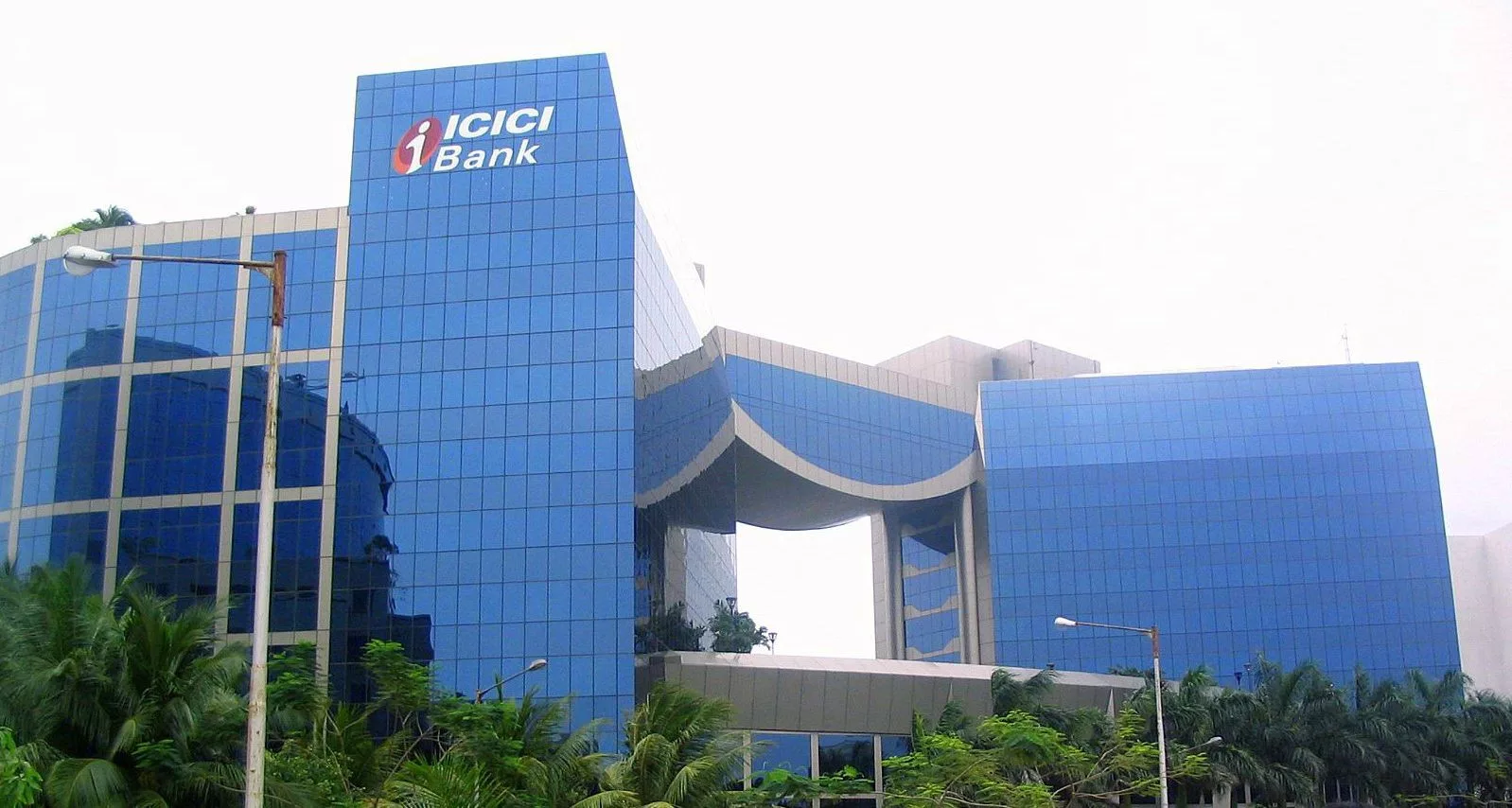
As one of India’s largest private sector banks, ICICI Bank serves a broad customer base both domestically and internationally. The bank’s hallmark includes a customer-centric approach, competitive interest rates, and technologically advanced banking solutions. It reports revenues of ₹121,066 crores and a net income of ₹186,178 crores.
Punjab National Bank (PNB)
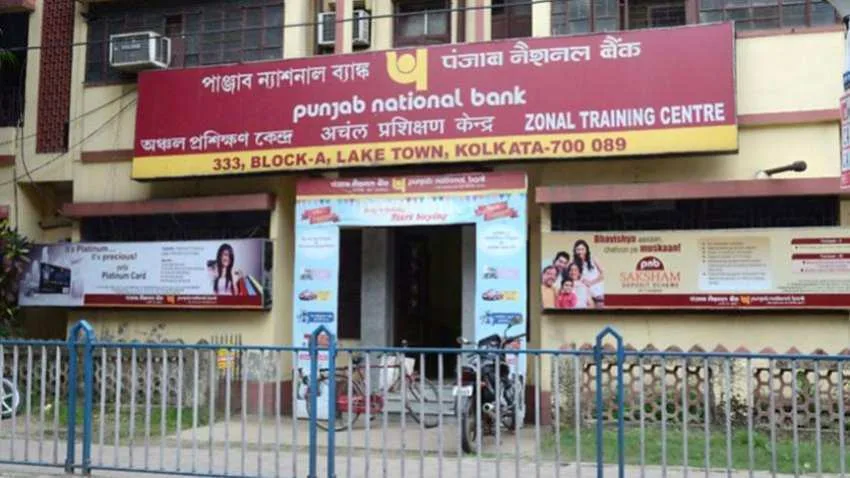
A prominent public sector bank, PNB offers a wide spectrum of banking services including retail and corporate banking, along with international banking services. Known for its presence in rural and semi-urban areas, PNB has a strong commitment to financial inclusion. The bank’s revenues amount to ₹86,845 crores with a net income of ₹28,132 crores.
Bank of Baroda (BoB)
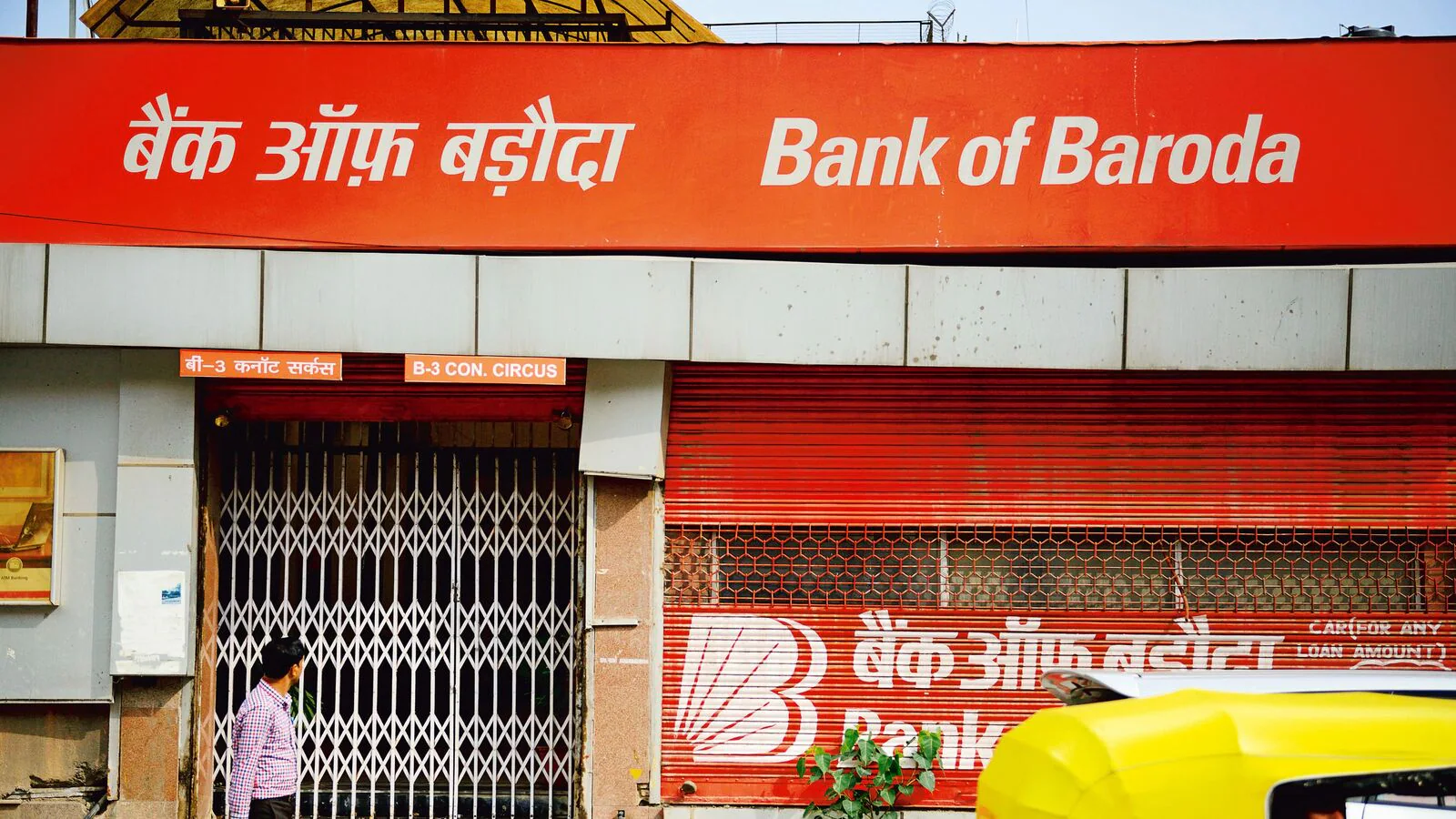
Bank of Baroda is a well-known public sector bank with a large number of branches and a global presence. It provides services in retail and corporate banking, along with treasury operations. BoB is known for its customer-focused approach and innovative digital initiatives. The bank has reported revenues of ₹94,138 crores and a net income of ₹32,528 crores.
Axis Bank
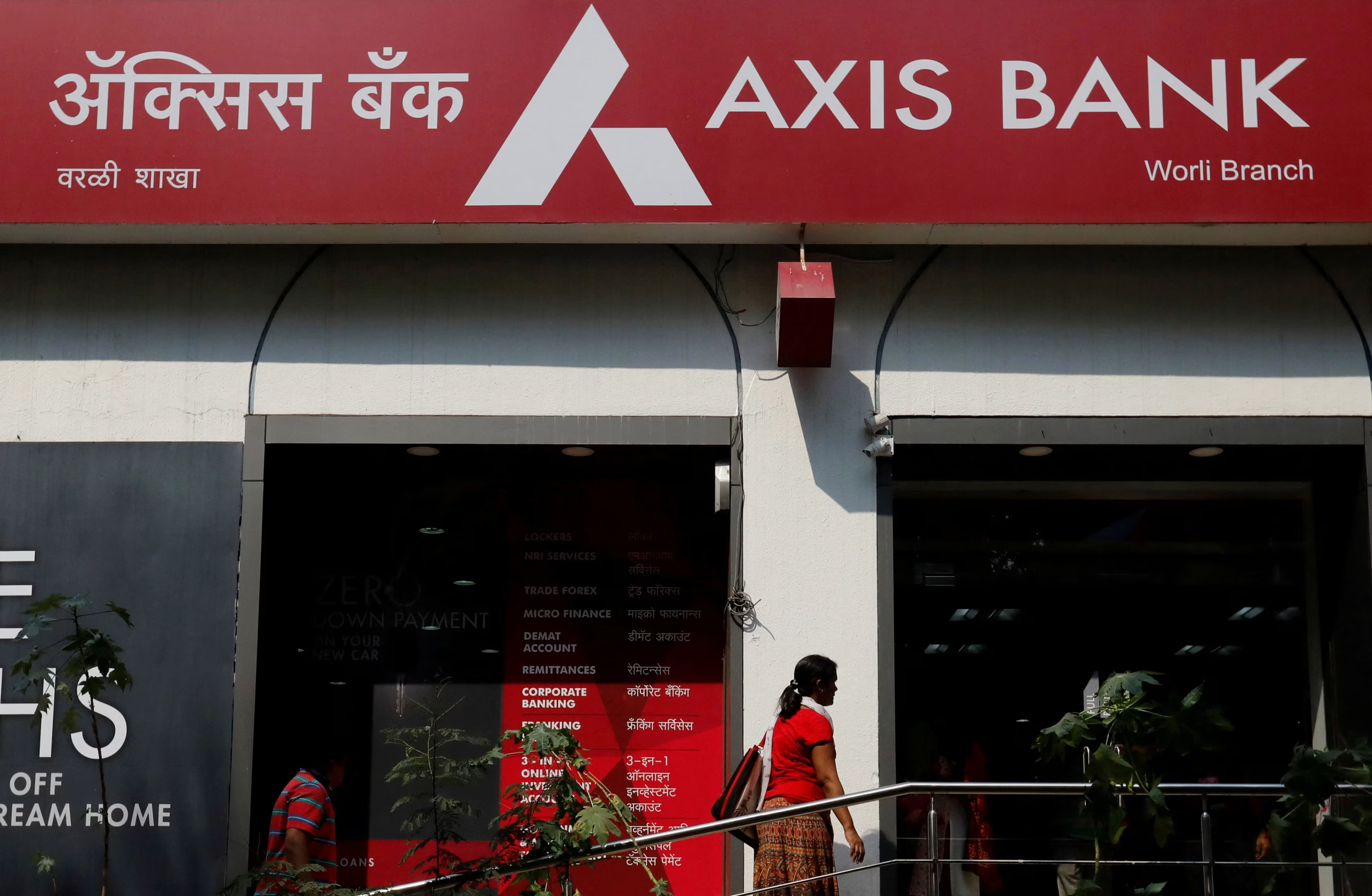
A private sector bank, Axis Bank is notable for its comprehensive suite of banking and financial services catering to various customer segments. The bank’s focus on digital banking contributes to a seamless and user-friendly banking experience. With revenues of ₹87,448 crores and a net income of ₹106,154 crores, Axis Bank retains its significance.
Canara Bank
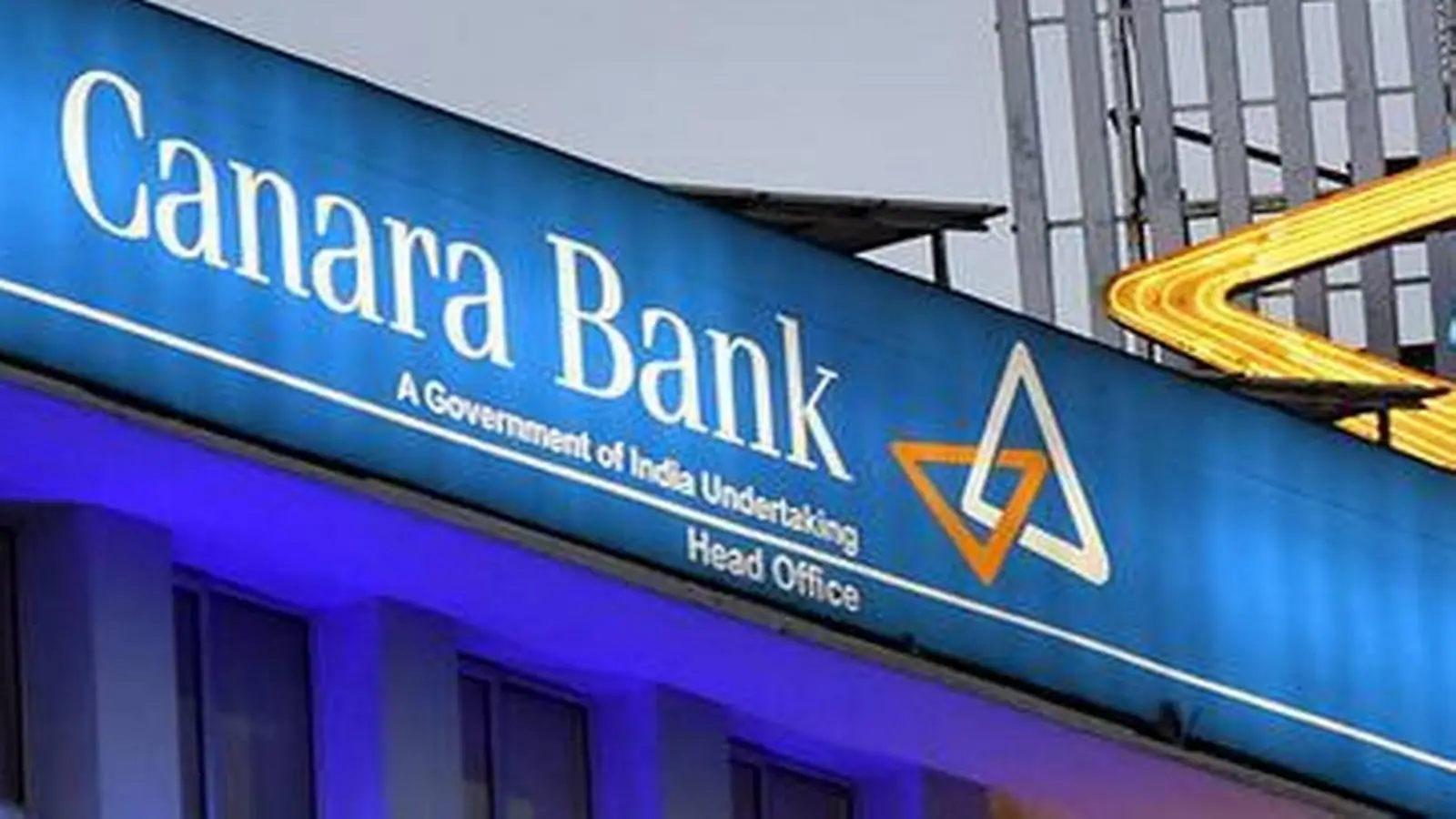
Esteemed as a well-established public sector bank, Canara Bank’s reach extends across India. Offering retail, corporate, and treasury banking services, the bank places importance on financial inclusion, particularly in rural and semi-urban areas. With revenues of ₹85,884 crores and a net income of ₹111,209 crores, Canara Bank sustains its impact.
Union Bank of India
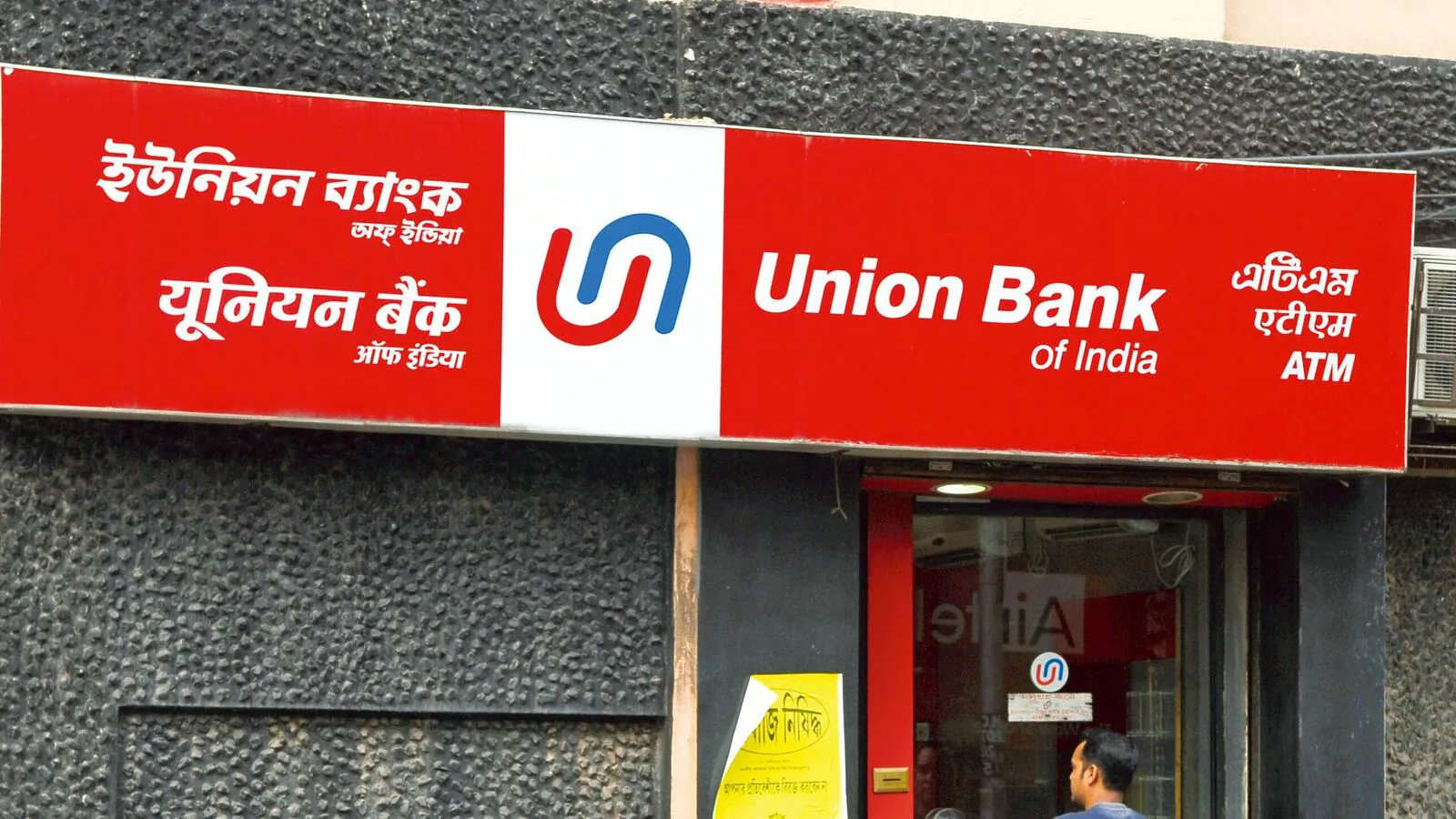
As a public sector bank, Union Bank of India distinguishes itself through comprehensive banking solutions and a customer-centred approach. The bank’s offerings encompass retail, corporate, and international banking services, all underpinned by innovative and technology-driven experiences. The bank reports revenues of ₹81,163 crores and a net income of ₹97,078 crores.
Bank of India (BOI)

Recognized as a nationalized bank, the Bank of India boasts an expansive branch network and diverse banking services. With revenues of ₹47,931 crores and a net income of ₹55,142 crores, BOI continues its impactful journey.
IndusInd Bank

As a prominent private sector bank, IndusInd Bank serves a wide array of retail, corporate, and institutional customers through its extensive branch and ATM network. Prioritizing personalized banking solutions and superior customer service, IndusInd Bank reports revenues of ₹36,367 crores and a net income of ₹44,540 crores.
FAQs
What are the top 10 largest banks in India?
What factors determine the size of a bank?
The size of a bank can be determined by several factors, including:
Market capitalization: This refers to the total market value of a bank’s outstanding shares.
Total assets: This refers to the total value of everything a bank owns, including cash, loans, and investments.
Customer base: This refers to the number of individual and institutional customers a bank serves.
Net profit: This refers to the amount of money a bank makes after all expenses have been paid.
What are the primary categories of banks in India?
India’s banking sector is primarily divided into public sector banks (PSBs), private sector banks, and foreign banks.

